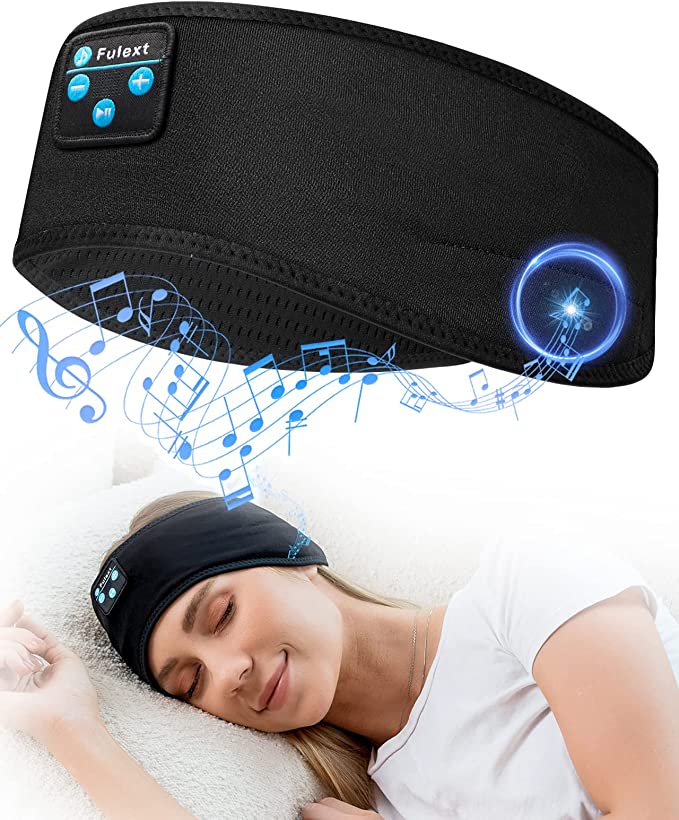PHILIPS HF3650/60 SmartSleep Sleep and Wake-Up Light: A Sunrise in Your Bedroom
Update on Aug. 4, 2025, 2:05 p.m.
For nearly all of human history, our days were governed by a silent, inviolable contract. The terms were simple, written in the sky: we would rise with the sun’s gentle arrival and rest with its slow departure. This celestial rhythm was etched into our very DNA, a biological cadence that orchestrated everything from our energy levels to our cellular repair. Then, little more than a century ago, we broke the contract. With the flick of a switch, Thomas Edison’s incandescent bulb banished the night, and in doing so, plunged our ancient bodies into a state of profound temporal confusion.
The modern alarm clock is the daily, jarring reminder of this broken pact. Its synthetic shriek is a declaration of war on our biology, yanking us from the depths of sleep and into a cognitive fog known as sleep inertia. We feel groggy, irritable, and slow, not because we are lazy, but because our internal systems have been violently overridden. We live in a 24/7 world, but our bodies still yearn for the sun. The question for our age is not how to conquer sleep, but how to make peace with it again. This is where technology, surprisingly, can act as a bridge back to a more natural order.

The Conductor in Your Brain
Deep within your brain, seated just above where the optic nerves cross, is a minuscule cluster of about 20,000 neurons called the Suprachiasmatic Nucleus (SCN). Think of it as the master conductor of your body’s vast orchestra. For 24 hours a day, it directs the symphony of your circadian rhythm, signaling when hormones should be released, when body temperature should fluctuate, and, most famously, when you should feel awake or sleepy.
But every conductor needs a baton to keep time, and for the SCN, that baton is light. Specialized cells in our retinas, called intrinsically photosensitive retinal ganglion cells (ipRGCs), act as light meters for the brain. They are especially sensitive to blue-wavelength light. When they detect the bright, blue-rich light of morning, they send a powerful signal to the SCN.
The SCN, in turn, issues two critical commands. First, it orders the pineal gland to cease production of melatonin, the “hormone of darkness” that induces sleep. Second, it kickstarts the Cortisol Awakening Response (CAR), gradually releasing the alertness hormone cortisol to prepare the body for the demands of the day. This elegant, light-activated cascade is how nature has woken us up for millennia. A blaring alarm clock simply skips the entire symphony and sets off the fire alarm instead.

Bottling the Dawn
This is the scientific landscape into which the PHILIPS HF3650/60 SmartSleep Sleep and Wake-Up Light was designed. It should not be seen as a mere gadget, but as a carefully calibrated instrument intended to reenact the sunrise within the four walls of your bedroom. Its core function, the Simulated Sunrise, is a masterclass in applied chronobiology.
Instead of a sudden flash, the process begins subtly, often while you are still asleep. The lamp emits a faint, deep red glow. This is deliberate. Red light has the longest wavelength and is the least effective at suppressing melatonin, meaning it can begin the process of illumination without disturbing your sleep. Over a customizable duration, this light gradually intensifies and shifts its color temperature—from warm orange to a bright, vibrant yellow, reaching a peak brightness of up to 350 lux. This cascade of light mimics the natural progression of dawn, providing a steady, growing signal to your SCN. It gently coaxes your brain to wind down melatonin production and begin the cortisol response long before the audible alarm is set to sound. The result is that you often wake up naturally, moments before the sound, feeling not assaulted, but alert and ready.
The same logic is applied in reverse with the Sunset Simulation. As you prepare for bed, the light gradually dims and warms, mirroring a setting sun. This sends an unmistakable signal to your brain: the day is over, it’s time to produce melatonin and prepare for rest. It becomes a powerful, non-pharmaceutical tool for cultivating good “sleep hygiene”—the set of habits and practices that enable healthy sleep.
Even the smallest details reflect this scientific empathy. Should you stir in the night, a tap on the device activates the Midnight Light. It provides just enough illumination to navigate—a dim, soft orange glow. The choice of color is critical; this warm-toned light has a minimal impact on your melatonin levels, allowing you to return to sleep with your circadian rhythm largely undisturbed.

A Modern Ritual for an Ancient Rhythm
We cannot undo the invention of the lightbulb, nor would we want to. Our modern world is built on its glow. But we can use technology to mitigate its unintended consequences. Using a device like the SmartSleep light is more than just changing your alarm clock; it’s about establishing a new ritual that honors an ancient biological need. It’s a conscious decision to provide your body with the clear, consistent light cues it craves to function optimally.
When you use it consistently, even on weekends, you are reinforcing your circadian rhythm, making it more robust and resilient. The gentle sounds of nature or the quiet hum of an FM radio become supporting actors to the main performance of light. The RelaxBreathe feature, guiding you through calming breathwork, adds another layer, using the body’s own mechanisms to quiet a racing mind.
Ultimately, the Philips SmartSleep light doesn’t create a miracle. It simply restores a conversation that our modern lives have interrupted—the fundamental dialogue between our bodies and the light of a star 93 million miles away. It is a peace treaty in our daily war with the morning, a beautifully engineered tool that allows us to, once again, honor our ancient contract with the sun.












































